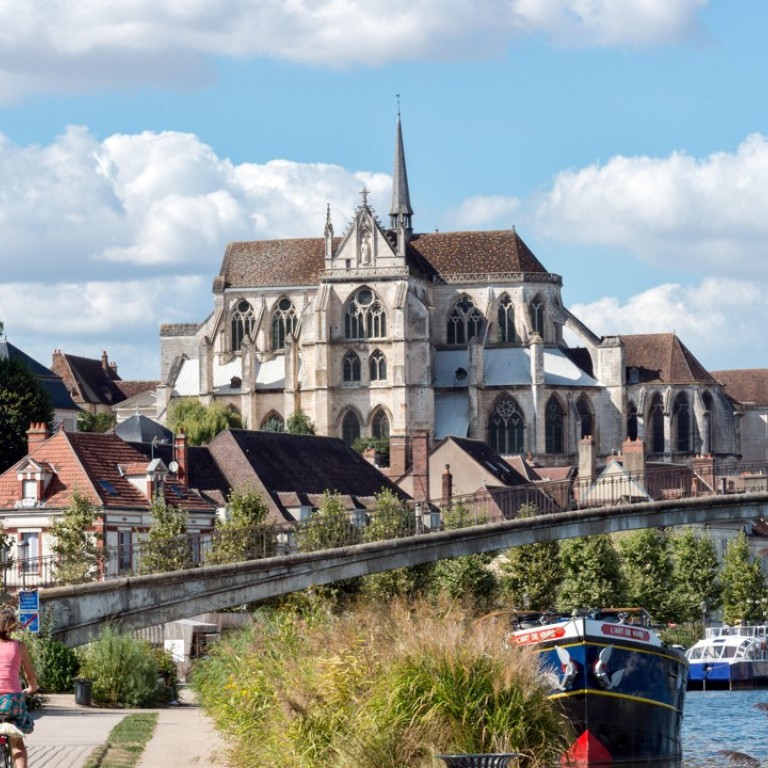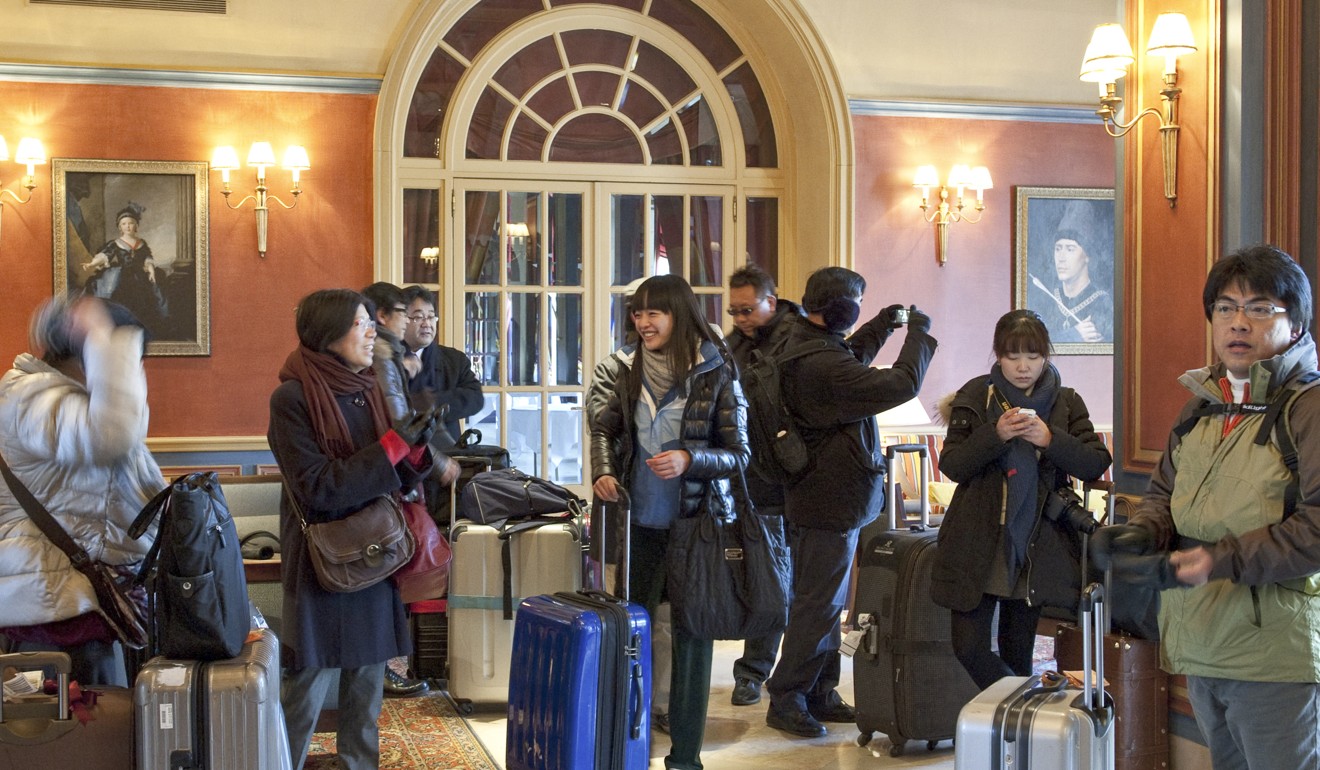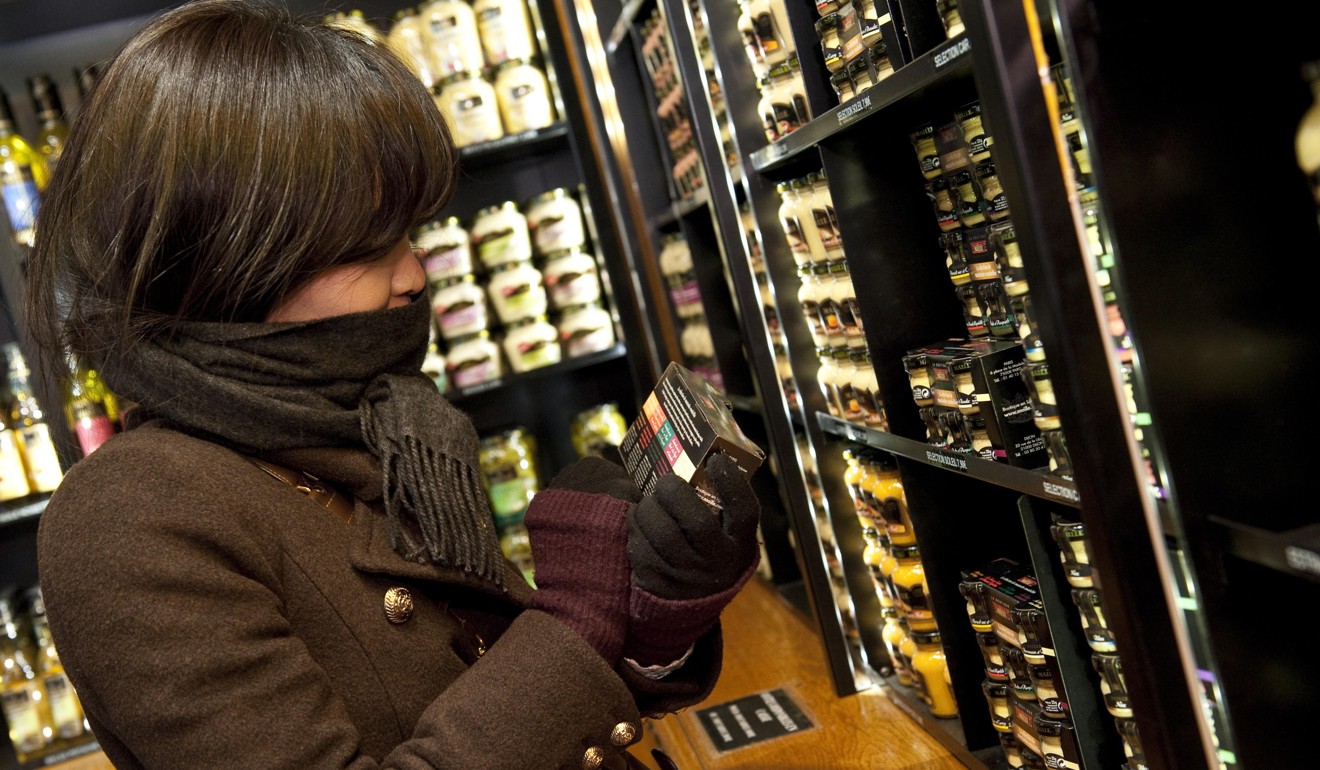
Burgundy lures wealthy Chinese tourists with an appetite for culture, and wine
- The city of Dijon and the wider Burgundy region are wooing Chinese operators of luxury tours
- Chinese day trippers being replaced by longer-stay visitors
Sixty-five Chinese travel agents from 18 cities were greeted in the classical Palais des Ducs de Bourgogne in Dijon, a city in eastern France, earlier this year at a stately town hall reception. After a visit to the Museum of Fine Arts, the visitors dressed to impress for an evening meal at Sofitel’s Grand Hotel La Cloche.
Their presence was part of a concerted effort by the city and the surrounding Burgundy-Franche-Comté region to woo more high-end Chinese travellers by appealing to their love of French culture and the country’s way of life.
The mission is paying off, especially in Dijon, the regional capital. Chinese tourists account for the majority of foreign guests in the city’s hotels.
The number of overnight hotel stays by Chinese tourists in Dijon and the surrounding Côte-d’Or department rose substantially in two years: from 341,000 in 2015 to 524,796 last year, according to a study by the National Institute of Statistics and Economic Studies (Insee). A department is the French equivalent of a county.

Sladana Zivkovic, president of the Dijon Métropole tourism office, says there is already a marked change under way, as the typical whirlwind Chinese group tour – stopping in Dijon for a single night – gives way to longer-term stays.
“Initially we were dealing with coachloads of group tours on short breaks, in a well-organised programme throughout France,” says Zivkovic. “So it was a passing clientele who did not really make the most out of such a visit, as it just flew by, and they didn’t necessarily spend a lot of money.
“We are seeing more small groups, wealthy families who come to the destination, so we really want to encourage and above all else adapt to this new clientele. They are coming to Dijon with much greater expectations in terms of cultural tourism. They want to discover the city, and its heritage before hitting the vineyards.”
France’s tourism authorities are keen to focus on this wealthy, food-and-wine loving clique, and upmarket Chinese travel agencies are key to achieving the goal.
One of the travel agents invited to the region, from Qingdao in eastern China, who gives her name only as Candie, explains what she likes about Dijon and the message she would relay to her clients.
“My first impression is that it is a city with lots of history, heritage and culture. The city centre is really clean, with not so many people, and it is really nice to wander around the pedestrianised streets,” she says.
“The atmosphere in the old city centre, coming from the architecture – which is really important to the Chinese and is so different from anything you see in Paris – will really please this clientele.”

She was impressed by the five-star Grand Hotel la Cloche, one of the region’s listed historic monuments.
“Our clients generally are families, and businessmen who visit Europe for business meetings, and really wealthy people who are entrepreneurs and earn a lot of money,” she says.
With the upsurge in wealthy Chinese tourists visiting France, the region is hoping for a big share of the cake.
I think we can really cater to this emerging but growing group of Chinese tourists, who are seeking more cultural authenticity – but are also great wine lovers
“We’ve already been in China and done a lot of legwork by meeting tour operators,” says Patrick Ayache, vice-president of the regional council in charge of tourism. Now Burgundy is reaping the fruits of that campaign, he says, helped by a group of China experts on the council.
A France 3 television report showed local shops luring Chinese visitors with luxury products and regional specialities: Dijon mustard, crème de cassis (a liqueur), pain d’épices (gingerbread). Most noticeably, there are signs in Chinese for events such as mustard tastings.
“They really appreciate that we adapt a little to them,” says one shopkeeper. “They don’t always understand English, so it’s a bit complicated, and it’s much easier for them when we offer it to them in Chinese.”
The change is not just happening in Dijon and the Côte-d’Or. Chinese tour operators are being wooed all over the region with city tours and buffets of local produce and wines.
In the Yonne department, for example, the number of tourists from the country jumped from 8,600 in 2016 to 11,000 last year.

“We are really typical of Burgundy and of France,” says Annick Soto, director of the regional tourism office in Yonne’s capital, Auxerre. “I think we can really cater to this emerging but growing group of Chinese tourists, who are seeking more cultural authenticity – but are also great wine lovers.”
Although Dijon appears to be the hands-down winner for many Chinese tour operators, the calm surroundings of Yonne and its “Best of Burgundy” tours have won over a number of others this year.
“Families will love to come here because it’s quiet. Parents can spend time in nature with their children,” says a Beijing agent, who identifies herself as Lidia. “I think that Auxerre could be a good destination for individual travellers and tourists who like tailor-made itineraries.”
Burgundy’s soaring popularity has grabbed the attention of the French media because its pull among wine-loving Gen-Y Chinese travellers is giving Paris a run for its money.
“Chinese tourists may be drawn to large sites such as the Eiffel Tower, the Louvre, the Cote d’Azur, but they love wine more, and wine regions appeal to them a lot,” says another travel agent.
Jean-Claude Bernard, owner of the historic Hotel Le Cep in Beaune, a walled town at the centre of Burgundy, describes his Chinese clientele of the future as atypical, and “not at all in keeping with the Chinese mass-tourism cliché”.

“They are young epicureans, who are cultivated and generally speak French. They know France well and are interested in French gastronomy and all of our historical and cultural attractions.”
Chinese millennials are drawn to Le Cep – listed as one of the Small Luxury Hotels of the World – for its 16th century courtyards and Michelin-star Loiseau des Vignes restaurant – like bees to a honeypot, he adds.
Zivkovic says the Dijon’s attractions for Chinese visitors include a modern tourist experience, digital development, Sunday trading and green tourism, Safety has become another important factor.

“Unfortunately, at the time of the terrorist attacks in Paris, we have seen that foreign tourists are afraid to go to major capitals, to places exposed to this type of act – and spend more time in cities like Dijon,” she says.
The country, particularly the capital, has experienced several attacks in recent years, with Islamist groups claiming responsibility. In a separate incident that put a dent in the number of visitors to Paris, 40 Chinese tourists were attacked by robbers spraying tear gas in November last year, who made off with luxury goods. The Post also reported last month that Chinese residents in Paris are living in fear, as attacks and robberies become a daily occurrence.
Dijon, on the other hand, has everything Chinese visitors hope to experience in France, according to Zivkovic. “This romantic idea of architecture, dukes … and we have an impressive preserved city centre, one of the biggest in France, and beyond that, so many beautiful facades. It’s rare.”
One future attraction the city is banking on – and is vigorously promoting to visiting Chinese tour agents – is “The International City of Gastronomy and Wine”.
The site will open on the southern outskirts of Dijon in 2021, on the famous Route des Grands Crus.
The authorities hope it will attract a million visitors a year by showcasing the region’s two gastronomic and cultural titans – both of them Unesco-listed: the “Gastronomic Meals of the French”, and “Climates of the Burgundy Vineyards”.
“It’s wine tourism that really got the ball rolling with Chinese,” says Florence Bucciacchio, communications director at the Destination Dijon tourism office, “but now it goes way beyond that.”

